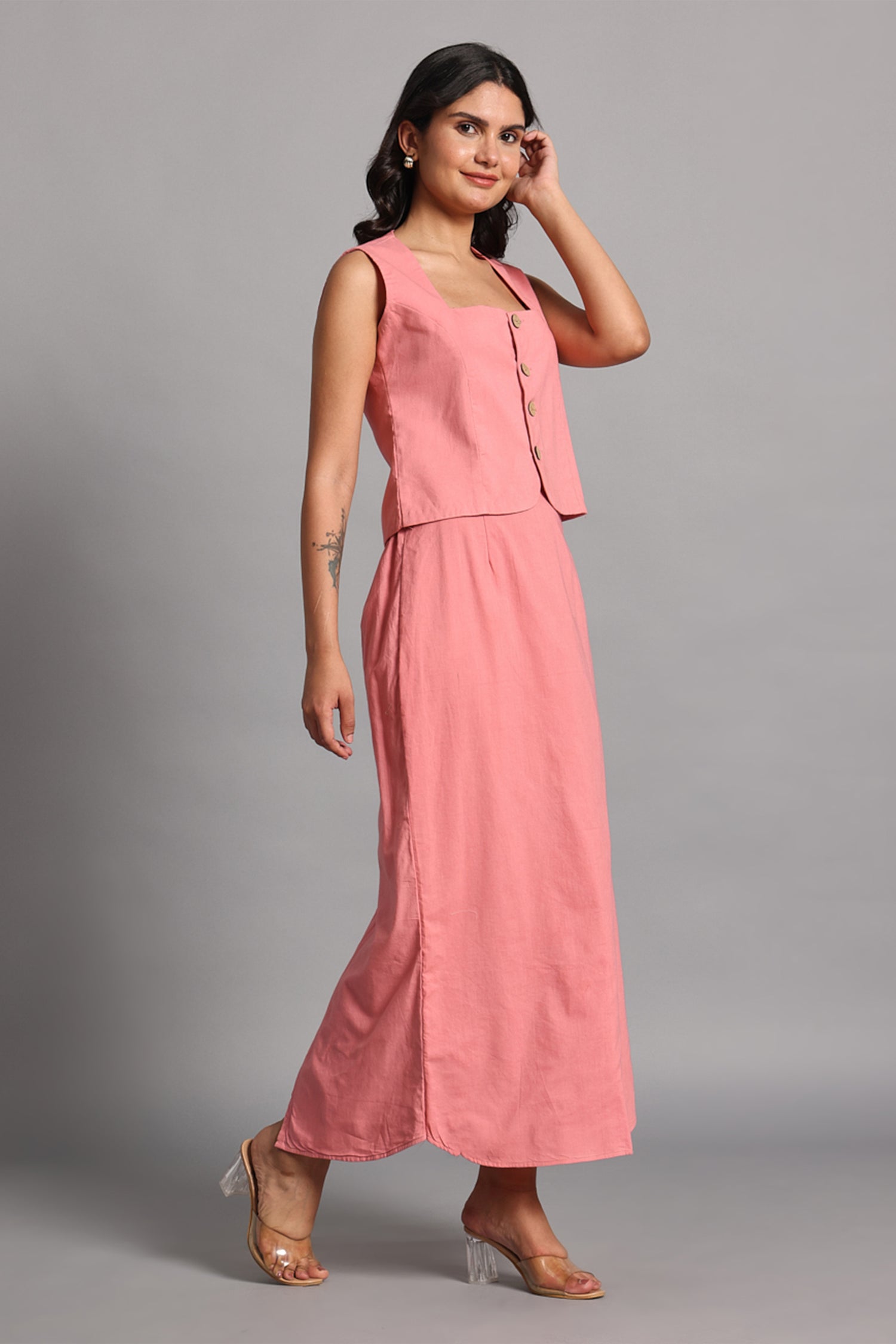Autumn is a pivotal time for the fashion industry. It’s the season that signals a fresh start, when designers debut their Fall/Winter collections, when retailers prepare for the most lucrative shopping season, and when we see a shift in the cultural and fashion landscape. From trend-setting runway shows to industry-shifting moments, autumn has played a significant role in shaping fashion history. Let's explore some other important fashion events that occurred in the autumn months, and how they impacted the industry at large.
1. Yves Saint Laurent's 1966 Fall Collection – "Le Smoking" and Gender Fluidity.

In 1966, Yves Saint Laurent made history with his Fall/Winter collection by introducing the now-iconic Le Smoking tuxedo for women at the height of the feminist movement. It was more than just a fashion statement; it was a revolutionary act that challenged gender norms and solidified Yves Saint Laurent as one of fashion's most forward-thinking designers.
Why It Was Important:
- Gender Fluidity in Fashion: The Le Smoking tuxedo was one of the first major pieces of formal wear for women, allowing women to adopt traditionally "masculine" looks in the workplace and social settings. This marked a pivotal moment in gender fluidity within fashion, and autumn was the perfect time to launch it, as the colder weather invited the need for more structured, formal wear.
- Breaking Stereotypes: The tuxedo, once a male-dominated garment, was reimagined by Saint Laurent for the modern woman, empowering women to dress with the same authority and elegance as men. The collection was embraced by a generation of women who were striving for more freedom and independence.
- Long-Term Legacy: The impact of this collection reached far beyond autumn 1966. It set the tone for future fashion trends toward gender-neutral and androgynous styles, influencing designers from Jean-Paul Gaultier to Hedi Slimane at Saint Laurent.
The 1966 Fall collection demonstrated how autumn can be a platform for cultural revolution in fashion, laying the foundation for gender-neutral fashion that would resurface in later decades.
2. Alexander McQueen’s Fall/Winter 2009 Show – "The Horn of Plenty"

One of the most significant autumn collections in recent history was Alexander McQueen’s Fall/Winter 2009 show. McQueen, known for his theatrical runway presentations and innovative designs, presented a collection that was not only visually striking but also deeply symbolic. The show, called "The Horn of Plenty", was held in Paris in February 2009, but its reverberations were felt throughout the autumn of the same year and beyond.
Why It Was Important:
- Cultural Commentary: The show was a reflection of the financial crisis and its effects on the fashion industry. McQueen’s collection used both luxurious and dystopian elements, symbolizing a world of overindulgence and excess amidst global economic turmoil.
- Surrealist Influence: McQueen used his runway shows as a platform for social commentary, and this show was no exception. Models wore exaggerated silhouettes, towering heels, and outfits that seemed to blend high fashion with recycled materials, making it a reflection on both the luxury and the waste of fashion culture.
- Tech and Fashion Merge: The use of digital technology in the show was groundbreaking. It featured an innovative virtual runway presentation with models' images distorted by holographic projections, setting the stage for future runway digital experiences.
This show, which occurred just before the 2009 autumn season, had a profound impact on how fashion could be used to comment on societal issues and reinforced McQueen’s legacy as a designer who was unafraid to push boundaries. The show was also an early example of how technology and fashion could work together to create an immersive experience.
3. The Met Gala 2015 – "China: Through the Looking Glass"

Though not a traditional autumn runway show, the Met Gala—held annually in May—is an event that often sets the stage for key autumn/winter trends. The 2015 Met Gala, with the theme “China: Through the Looking Glass,” was an event that showed the world how deeply fashion is influenced by global cultures. The exhibition explored the influence of Chinese art and fashion on Western designers, and the resulting looks were bold, imaginative, and deeply culturally reflective.
Why It Was Important:
- Global Influence on Fashion: The Met Gala has long been a place where the fashion elite celebrate and showcase the intersection of art, fashion, and culture. The 2015 gala spotlighted the fusion of Eastern and Western aesthetics, sparking a renewed interest in Oriental-inspired fashion for the upcoming autumn collections.
- Cultural Sensitivity and Controversy: The theme also raised important conversations about cultural appropriation in fashion. While the event celebrated the rich history of Chinese design, it also sparked debates over the line between appreciation and appropriation. This discourse became a major conversation in autumn fashion, influencing how designers approach cultural references in their collections today.
- Setting Trends for the Season: The Met Gala 2015 was a major moment that influenced the 2015 autumn collections. Designers like Zac Posen, Karl Lagerfeld, and Ralph Lauren incorporated elements of Chinese style into their own fall collections, introducing intricate embroidery, luxurious silks, and dramatic silhouettes that dominated the autumn/winter runways that year.
The event highlighted how the Met Gala—though held in the spring—has an undeniable impact on the autumn collections, pushing fashion boundaries and creating cultural conversations that resonate throughout the year.
4. The Rise of Streetwear: Supreme's Fall 2017 Collaboration with Louis Vuitton

Autumn 2017 marked a game-changing moment in fashion with the collaboration between Supreme, the streetwear brand, and Louis Vuitton, the luxury fashion house. This collaboration, which premiered at Paris Fashion Week that year, was a milestone that forever blurred the lines between streetwear and high fashion.
Why It Was Important:
- The Fusion of High and Low Fashion: The collaboration between Supreme, a brand deeply rooted in youth culture, and Louis Vuitton, a symbol of luxury, represented the changing dynamics of fashion. Streetwear had long been seen as an underground movement, but by partnering with Louis Vuitton, Supreme helped legitimize street culture as part of the mainstream fashion conversation.
- Autumn’s Influence on Trends: The Louis Vuitton x Supreme collection included everything from monogrammed skateboards and hoodies to luxury bags with streetwear flair. This collection’s success signaled the rise of casual wear in high fashion, and it influenced subsequent seasons where other brands began embracing streetwear aesthetics.
- Retail Impact: The limited-edition nature of the collaboration, coupled with the frenzied hype around the collection, sparked a new type of fashion retail: one where brands create exclusive drops and capitalize on the scarcity effect to drive demand.
The success of the Supreme x Louis Vuitton collaboration demonstrated how autumn collections could signal major shifts in consumer behavior, showing how the lines between casual and luxury fashion had become increasingly blurry.
5. Gucci's Fall/Winter 2018 Collection – Alessandro Michele’s "New Renaissance"

The Fall/Winter 2018 collection from Gucci, under the creative direction of Alessandro Michele, was a striking moment in fashion. Michele’s approach to fashion has always been about redefining heritage, but this particular collection embraced a retro-futuristic aesthetic that echoed the excess and decadence of the Renaissance.
Why It Was Important:
- Reviving the Past in a Modern Way: Gucci’s Fall 2018 show reimagined historical styles, with models dressed in rich brocade, exaggerated silhouettes, and baroque-inspired accessories. The collection was a perfect blend of past and present, where vintage and modernity existed side by side.
- Influencing a Generation: Michele’s influence on the fashion industry has been nothing short of transformative. His ability to make gender-neutral fashion and eccentric styling mainstream has led to an influx of maximalist trends. The 2018 collection cemented his status as one of the most influential designers of the decade.
- Sustainability and Inclusivity: Michele has also been at the forefront of sustainability and inclusivity. In his autumn collections, he embraced the idea of upcycling, reworking vintage Gucci pieces and advocating for a slower fashion movement, influencing other brands to rethink how they produce and consume fashion.
Gucci’s Fall 2018 collection played a major role in both shaping the luxury market and influencing broader fashion trends. It demonstrated that autumn fashion could lead to cultural shifts, encouraging inclusivity, creativity, and a reconsideration of the fashion system.
Conclusion: Autumn—A Season of Reinvention and Innovation
Autumn is a season that consistently drives change, both in terms of creativity and commercial success. From Alexander McQueen’s haunting Fall/Winter 2009 collection to the collaboration between Supreme and Louis Vuitton in 2017, autumn has witnessed some of the most iconic moments in fashion. These events highlight the season's importance not only for shaping trends but for reflecting cultural moments, global influences, and technological advancements. The collections and moments that emerge in autumn have lasting impacts on the fashion industry, setting the stage for future seasons and influencing consumer behavior for years to come.


